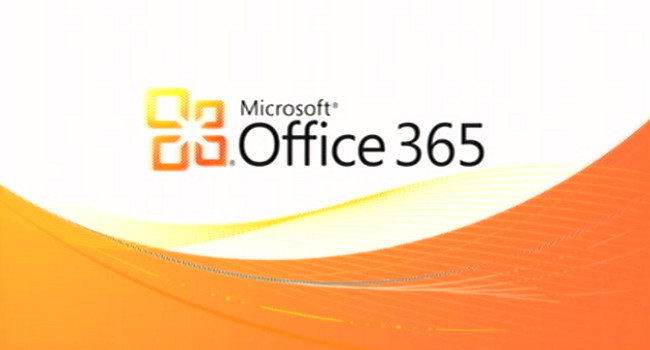Microsoft did not disappoint with the new and improved capabilities it announced and demonstrated for Office 365, but how well they work in the real world remains to be seen.
At its SharePoint Conference in Las Vegas, Microsoft laid out its vision for making Office 365 a more intelligent collaboration suite via new social interactions, application programming interfaces (API) and machine learning capabilities.
The centrepiece of the announcements was Oslo, an upcoming application designed to tap into the new machine learning capabilities of Office 365, called Office Graph, that allow it to understand the connections between people and documents.
Oslo, which was demonstrated at the event and is scheduled for release in the second half of the year, will surface and display prominently for people the colleagues, content and files they are most engaged with and that thus deserve the most attention.
The app arrives at its conclusions by processing and analysing a wide variety of data and actions in Office 365, such as Exchange Online email activity, files stored in OneDrive for Business, IM and audio/video communications conducted via Lync Online, and team and person-to-person interactions on SharePoint Online and Yammer.
By displaying the documents and colleagues that are most relevant to people at any given time, Oslo will provide insights to help people focus their work priorities, according to Alan Lepofsky, a Constellation Research analyst.
“Oslo shows you things you didn’t know were there,” he said. “It provides a very personal experience for each individual.”
Oslo is just the first application being built to take advantage of the Office Graph information, so it will be interesting to see what other tools Microsoft and third-party developers come up with, Lepofsky said.
It is likely that Oslo will be followed by applications tailored for people in specific professions and industries, and by software that could leverage the Office Graph to offer next-generation project management tools, he said.
In the Office Graph, as well as in a new Groups feature and “inline” social interaction capabilities announced for Office 365, one can see the strong impact of Yammer on the suite, said TJ Keitt, a Forrester Research analyst.
“The significance is the Yammer roadmap is alive and well,” he said via email. “The concept of a network that links people to content was at the core of what Yammer wanted to deliver.”
Microsoft bought Yammer, then a hot vendor of cloud enterprise social networking software, in mid-2012 for $1.2 billion (€865 million). It has been progressively integrating it with SharePoint Online and other Office and non-Office products to improve employee collaboration.
“That Microsoft has encouraged and embraced this vision shows their acquisition of Yammer wasn’t just a technology grab: they really wanted Yammer’s thinking to influence the development of the entire Office portfolio,” Keitt said.
He also heard a clear message from Microsoft officials at the conference: the company is innovating first on Office 365, the cloud suite made up of online versions of the Exchange, SharePoint and Lync servers, and only later for the on-premises versions of those products.
“Office Graph is described as part of Office 365’s portfolio, thus becoming one more indicator that Microsoft is going to be driving a lot of value through the cloud, applying soft pressure on customers reluctant to move,” Keitt said.
Microsoft is also boosting the developer tools for Office 365, an area where the suite has been weak. The company announced it will release a software development kit (SDK) for Windows 8 and Android for programmers to build applications that can tap into Office 365 data and services. Microsoft is also sharpening existing Office 365 APIs for PowerPoint and Outlook and prepping new APIs for Office 365 files, contacts, email, calendar and tasks.
“Microsoft’s key deficiency in its Office 365 strategy was that it did not embrace an API model, unlike many other cloud collaboration providers. This made it a less inviting offering to the ISVs that have flocked to join ecosystems around competitive offerings from Google and Salesforce.com,” Keitt said. “So this is a step in the right direction.”
Juan Carlos Perez, IDG News Service








Subscribers 0
Fans 0
Followers 0
Followers